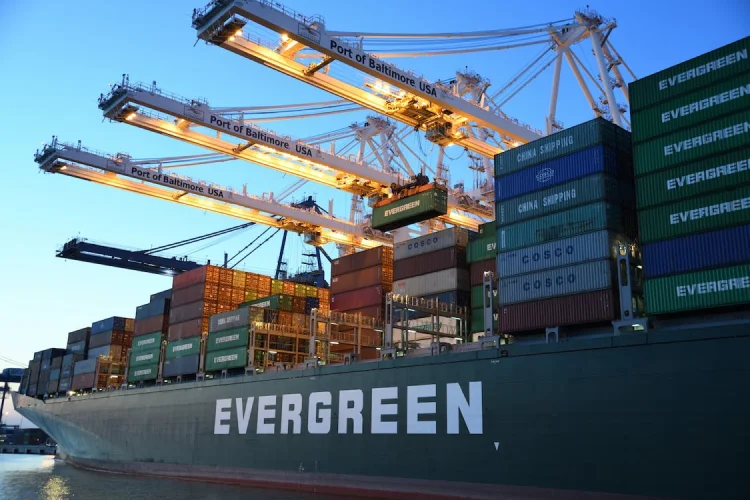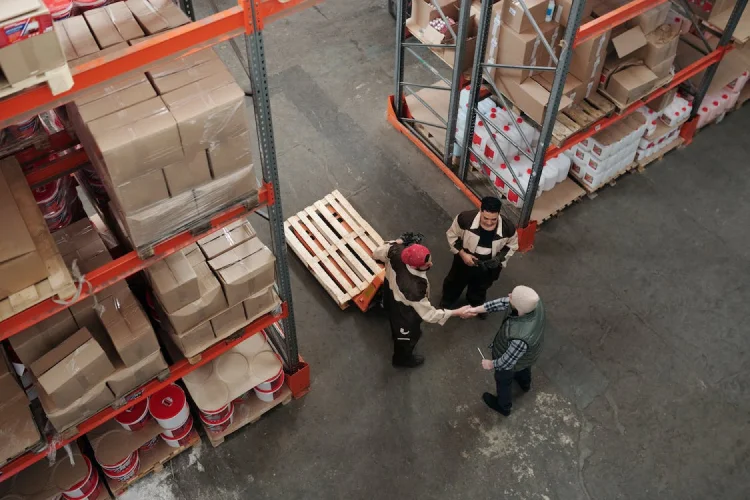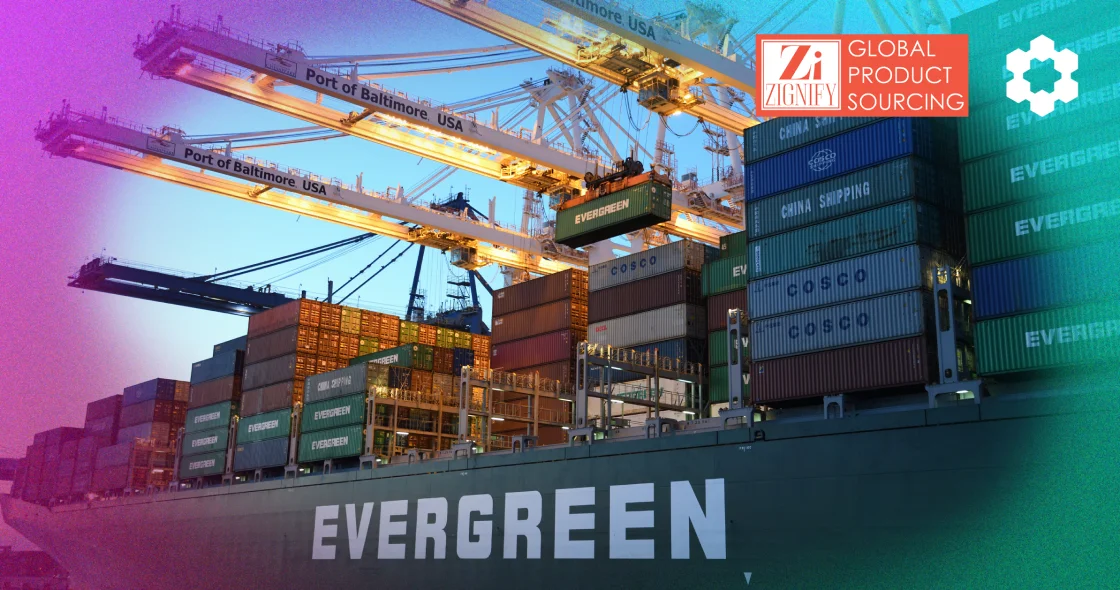Over the past two years, a significant shift in supply chain optimization strategies has been observed among many US-based clients, leading them to move away from China towards alternative manufacturing destinations, such as Vietnam and Mexico. The primary driver behind this transition is not merely shipping costs or delivery times, but predominantly the impact of Trump’s tariffs, initiated in 2018.
In this blog post, we’ll delve into the intricacies of US import tariffs, highlighting their multifaceted purposes, from revenue generation to protecting domestic industries and addressing trade imbalances.
Recognizing the drawbacks of import tariffs, particularly the substantial anti-dumping tariffs against Chinese products, businesses are urged to navigate this challenging landscape through legal supply chain optimization tips.
What are Import Tariffs?
Import tariffs, also known as customs duties or import duties, are taxes imposed by a government on imported goods. These tariffs are levied at the border when goods enter a country. The primary purpose of import tariffs is to protect domestic industries by making foreign goods more expensive, thus giving domestic products a competitive advantage.
Governments use import tariffs for various reasons, including:
- Revenue Generation: Tariffs can be a significant source of government revenue. The funds collected from import tariffs can be used to finance public services, infrastructure, and other government expenditures.
- Protecting Domestic Industries: Tariffs can protect domestic industries from foreign competition. By imposing taxes on imported goods, governments can make foreign products more expensive compared to locally produced ones, encouraging consumers to buy domestic goods.
- Balancing Trade: Some countries use tariffs as a tool to address trade imbalances. By making imports more expensive, a country may reduce the demand for foreign goods and encourage its own exports.
- Encouraging Domestic Production: Tariffs can incentivize domestic production by providing a competitive advantage to local industries. This can lead to increased employment and economic growth.
- Addressing Dumping: Tariffs can be used to counteract the practice of “dumping,” where foreign producers sell goods in another country at prices lower than the cost of production. This practice can harm domestic industries, and tariffs serve as a protective measure.
It’s important to note that while import tariffs can have benefits, they also have drawbacks. They can lead to higher prices for imported goods, which may hurt consumers by reducing their purchasing power.
For instance, these anti-dumping tariffs implemented against Chinese products reached a substantial 25% when the market had already surpassed $250 billion. Recognizing these tariffs as a significant additional expense, sellers began seeking solutions to avoid financial setbacks.
The question then arises: How can one navigate this challenging landscape?
While some consider changing the tariff classification code, it’s a risky move due to potential detection by customs, leading to hefty penalties. What else can you do?
Enhance Your Bottom Line with these Supply Chain Optimization Tips

Below are some of the best supply chain strategies that you can (legally) apply right now to enhance your profitability amidst the government’s anti-dumping tariffs.
1. Take Your Business Elsewhere
A more viable alternative that is gaining popularity is relocating production to another country. The goal is to identify a country with comparable or superior product quality but with the advantage of potentially zero import tariffs.
A compelling example is a customer – a beauty accessory seller—who annually sold 500,000 units of products. By shifting production to Vietnam, not only did they find the product at a surprising $1 cheaper than in China, saving $500,000 on production costs, but they also enjoyed a 27% reduction in import taxes.
This supply chain optimization resulted in a remarkable $810,000 in annual savings from anti-dumping import tariffs, contributing to a total annual saving of $1.31 million.
2. Renegotiate Sourcing Terms for Profitability
Another valuable strategy is to reconsider and renegotiate product terms or sourcing options after a year or more. Many sellers have discovered that, over time, renegotiating the purchasing cost can yield significant savings and improved production costs, whether sticking with the same supplier or exploring alternatives.
This tactic gains traction as the market sees an influx of suppliers and factories producing the same items. This surge not only fosters competition for quality but also drives providers to offer more competitive prices.
Collecting multiple quotations gives you the leverage to negotiate or renegotiate prices for your best-selling products, streamlining current purchasing costs through strategic negotiation. Crucially, during negotiations, always aim for the same or better quality. This emphasis on quality makes local quality control a pivotal step in the process.
Supply chain optimization companies like Zignify Global not only specializes in product sourcing but also excels in quality control, local inspections, and factory audits. This comprehensive approach ensures that your focus during negotiations isn’t solely on what suppliers present but on what aligns with your predetermined standards.
By entrusting this process to professionals, you gain the advantage of inspecting more than just the products presented to you, ensuring consistently high quality across your product line.
3. Optimize Production and Purchasing Costs

Optimizing production and purchasing costs is imperative for businesses seeking to avoid the impact of high import tariffs. Shifting away from countries with steep import tariffs can yield substantial savings, safeguarding profit margins and enhancing overall financial performance.
Moreover, finding new profitable products through automated tools like ScanUnlimited or alternative producers by doing diligent supplier exploration can translate into millions in savings without compromising product quality. Diversifying the supplier portfolio further reinforces resilience in the supply chain, offering flexibility and creating opportunities for additional cost savings.
Collectively, by implementing these strategies in collaboration with suppliers, businesses have achieved savings exceeding half a billion dollars. The funds saved through supply chain optimization can be redirected into various business-enhancing activities, ultimately leading to increased sales and higher profit margins.
Beyond Cutting Costs: Maximizing Margins for Growth
In conclusion, the past two years have witnessed a significant transformation in strategies for many US sellers, spurred by the impact of tariffs initiated in 2018. The shift away from China towards alternative manufacturing destinations like Vietnam, renegotiating terms with suppliers, and diversifying supplier portfolios reflect a strategic response to mitigate the financial repercussions of these tariffs.
It has now become more crucial than ever for businesses to proactively evaluate their production processes and explore ways to optimize costs. The resulting increased margins not only contribute to higher profits but also provide additional resources for advertising and other revenue-generating activities.




